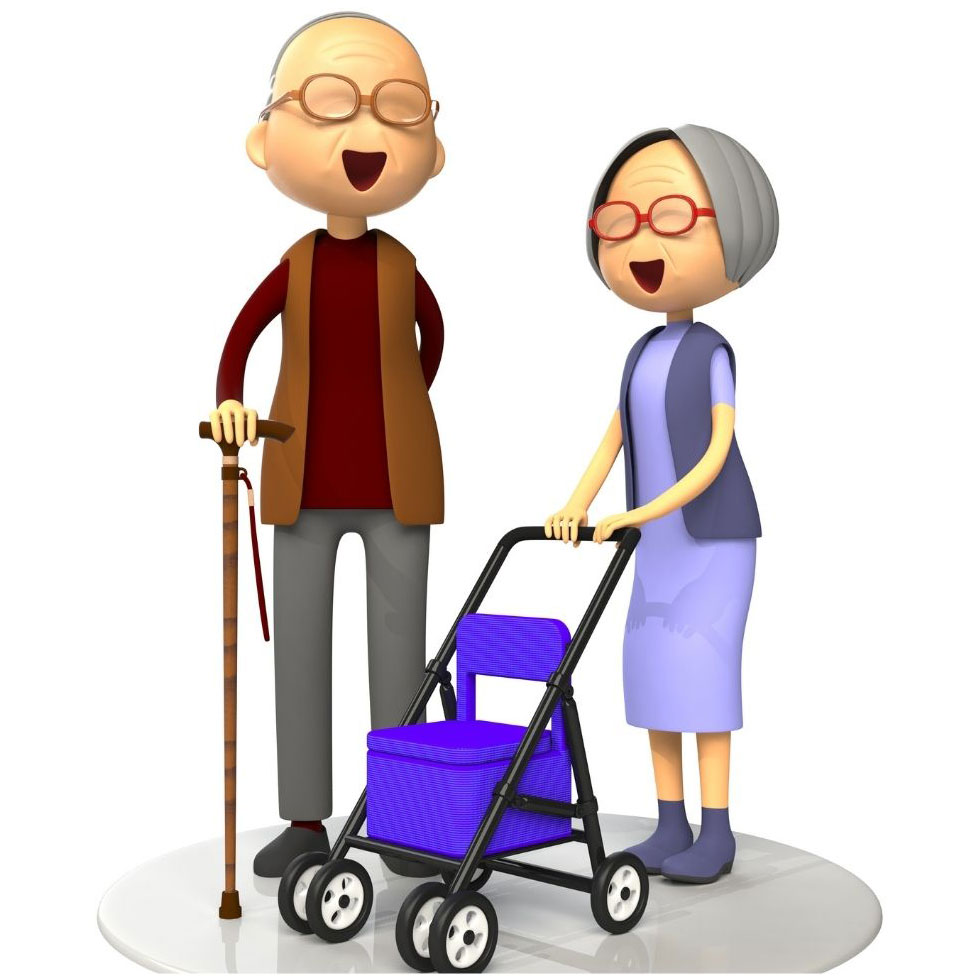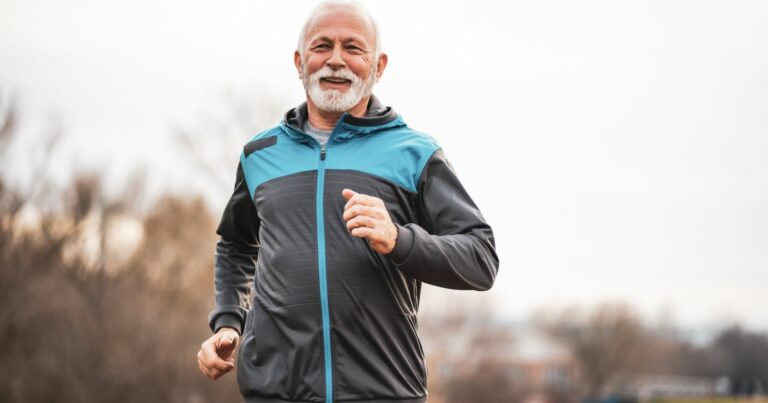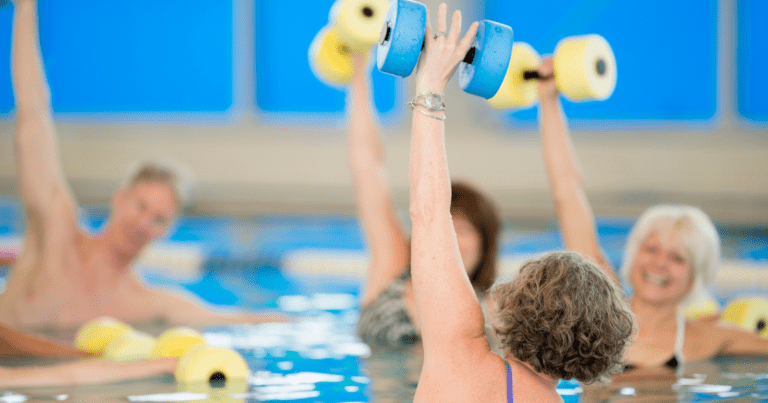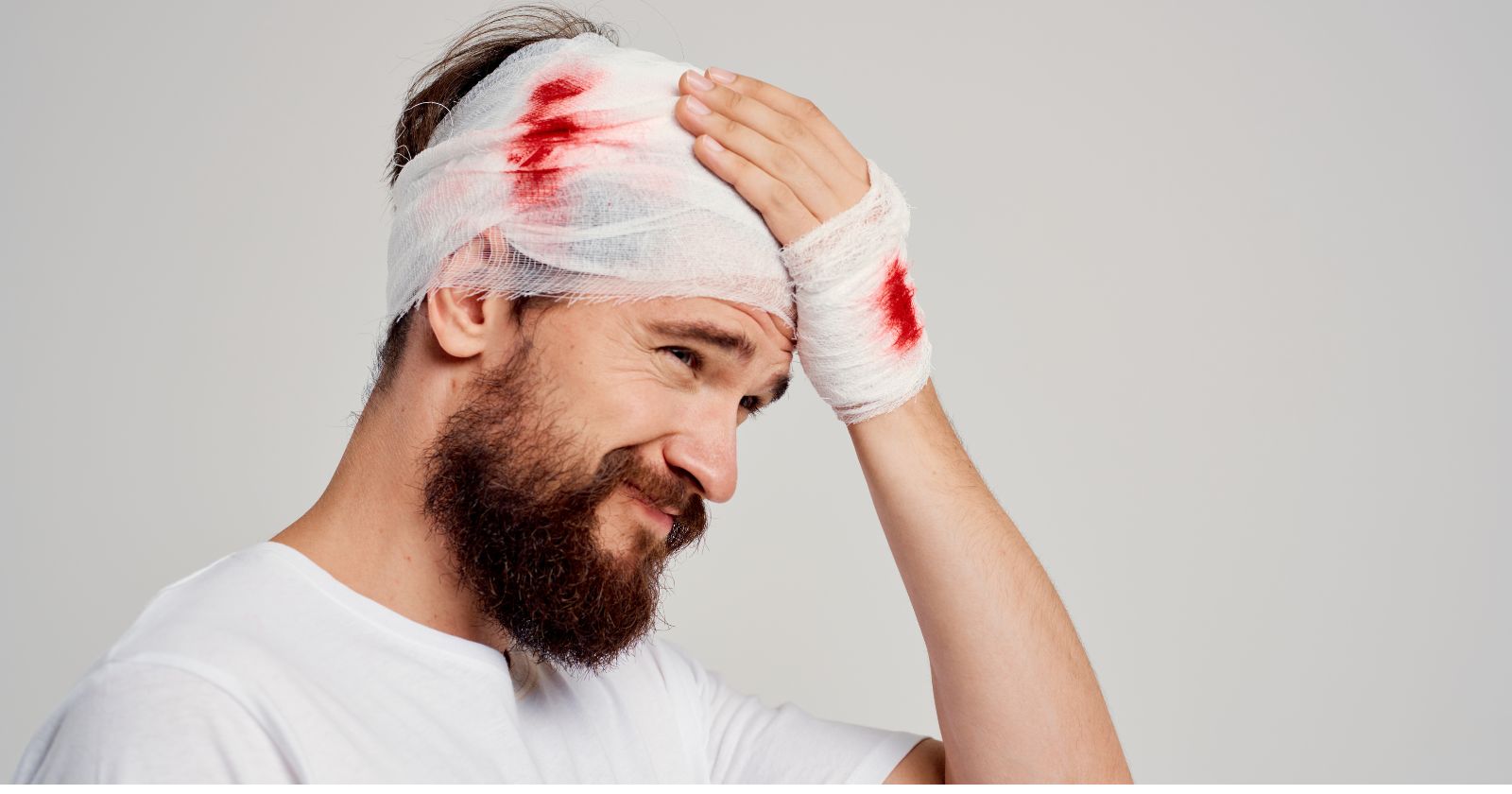Hello, Ed here from Elderly Independence. Today, I’d like to share valuable insights on a common issue that many seniors experience: hip pain. It’s something I’ve witnessed countless times, and I’ve seen how debilitating it can be. This makes it all the more important to know how to ease hip pain in the elderly.
As we age, our bodies go through numerous changes, and one area that can be particularly affected is our hips. This can lead to discomfort, limited mobility, and a decreased quality of life. But, don’t worry. I’m here to guide you through the best methods to alleviate this pain, drawing from professional medical advice and successful strategies I’ve seen in action.
Together, we’ll explore practical tips, suitable exercises, and potential treatments that can make a world of difference. So, let’s dive in and tackle this issue head-on!
How To Ease Hip Pain In The Elderly: Causes of Hip Pain in Elderly
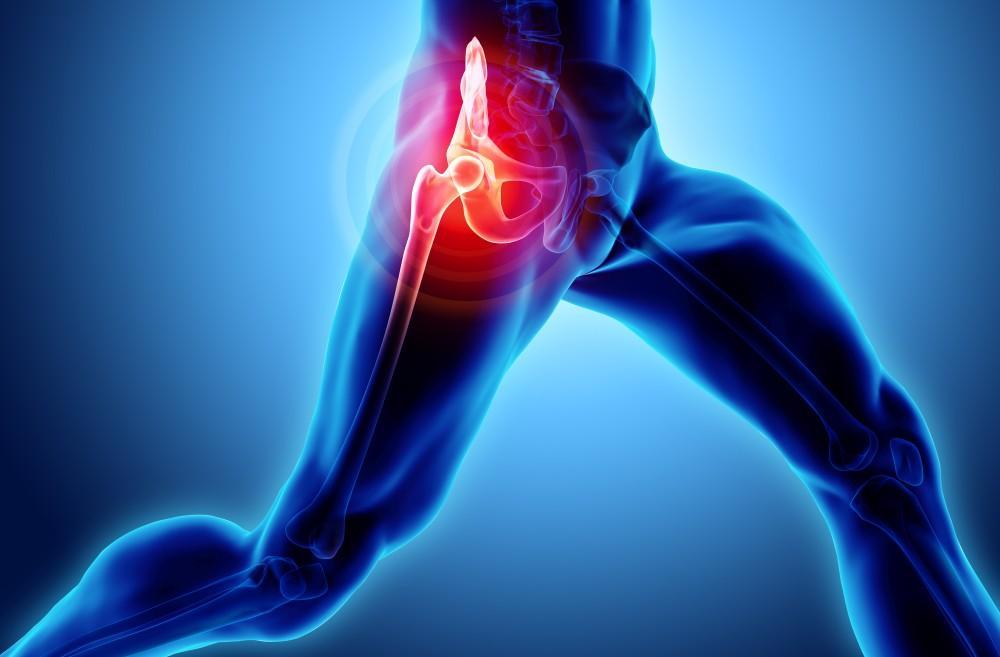
Hip pain can result from various causes such as:
- Arthritis, specifically osteoarthritis, is the most common cause and is due to wear and tear over time.
- Hip fractures, which are common in older adults due to weakened bones and falls.
- Bursitis, inflammation of the small fluid-filled sacs that cushion the hip joint.
Non-Invasive Ways to Ease Hip Pain
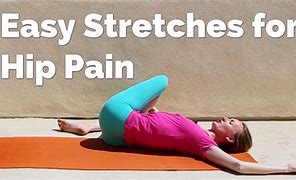
There are several non-invasive strategies to alleviate hip pain in the elderly:
Gentle Exercise
Maintaining physical activity can greatly help in managing hip pain. Gentle exercises, like walking, yoga, and swimming, can strengthen the muscles around the hip, thereby reducing stress on the joint itself. Try exercises like leg raises and stretches, but remember to always consult a healthcare professional before starting a new exercise regimen.
Heat and Cold Therapy
Applying a heat pad can relax the muscles and increase joint mobility. Conversely, a cold pack can reduce swelling and numb pain. It’s important to apply heat or cold for 20 minutes at a time and always use a cloth to protect the skin from direct contact.
Over-the-counter Medication
Over-the-counter medications like acetaminophen (Tylenol), ibuprofen (Advil), or naproxen (Aleve) can help ease hip pain. However, it’s crucial to follow the recommended doses and be aware of potential side effects, especially in the elderly.
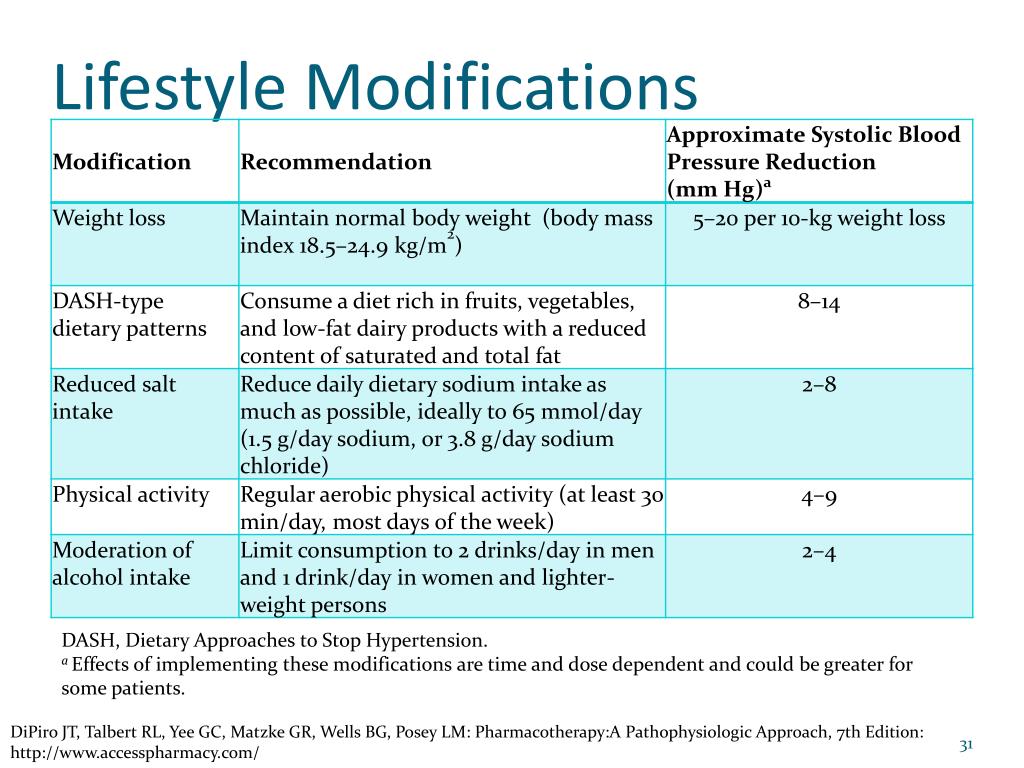
Simple changes in lifestyle can also bring considerable relief:
- Weight Management: Losing excess weight reduces pressure on the hips.
- Healthy Diet: Including foods rich in calcium and vitamin D supports bone health.
- Good Posture: Proper posture, especially during lifting and bending, can prevent hip strain.
When to Consult a Healthcare Professional

While these remedies can alleviate mild to moderate hip pain, it’s essential to consult a healthcare professional if pain persists or worsens. Severe pain, sudden swelling, or inability to move the hip are urgent signs to seek help. Physiotherapy and, in some cases, surgery may be necessary to treat the underlying cause. Visit the Mayo Clinic’s page on hip pain for more information on when to see a doctor.
Frequently Asked Questions
What helps with hip pain in old age?
Physical Therapy: A physical therapist can develop a personalized exercise program to improve hip strength and flexibility, reducing pain and improving mobility.
Medications: Over-the-counter pain relievers like acetaminophen or NSAIDs can provide temporary relief from hip pain. However, it’s essential to consult a healthcare professional before using any medication, especially if the person is taking other medications or has underlying health conditions.
Heat and Ice Therapy: Applying a heating pad or warm compress to the affected hip can help relax muscles and reduce stiffness. Cold packs can help reduce inflammation and swelling.
Weight Management: Maintaining a healthy weight can lessen the load on the hip joint, easing pain and discomfort.
Assistive Devices: Using a cane, walker, or other assistive devices can provide support and stability, reducing pressure on the hip joint during movement.
Proper Rest: Allow the hip to rest and avoid activities that worsen the pain.
Home Modifications: Making adjustments to the home environment, such as installing handrails and removing hazards, can prevent falls and minimize further injury to the hi
What is the fastest way to relieve hip pain?
The fastest way to relieve hip pain can vary depending on the individual’s condition and the cause of the pain. However, some general methods to get quick relief include:
Rest: Give the affected hip time to rest and avoid strenuous activities.
Heat and Ice Therapy: Applying a heating pad or warm compress for 15-20 minutes can help relax muscles while using a cold pack for 10-15 minutes can reduce inflammation and swelling.
Over-the-counter Pain Medications: Taking over-the-counter pain relievers like acetaminophen or NSAIDs, following the recommended dosage, can provide temporary relief.
Gentle Stretching: Performing gentle hip stretches can help alleviate stiffness and tension in the hip area.
Elevation: Elevating the leg can reduce pressure on the hip joint and may help reduce pain and swelling.
Other Places For You To Explore
Explore
Conclusion
In wrapping up, I sincerely hope that the strategies discussed on how to ease hip pain in the elderly can serve as a helpful guide for you or your loved ones. Remember, it’s not just about easing the pain but also improving the overall quality of life for seniors.
Drawing from my extensive research, personal experiences, and conversations with healthcare professionals, I strive to provide you with the most reliable and actionable advice. The objective of Elderly Independence is to empower seniors and their caregivers with knowledge and resources that can assist them in living a more comfortable and independent life.
If you have further questions or need more information on managing hip pain or any other aspects of elderly care, don’t hesitate to reach out. I’m here to help, and together, we can make the journey of aging a more comfortable and enriching experience.
